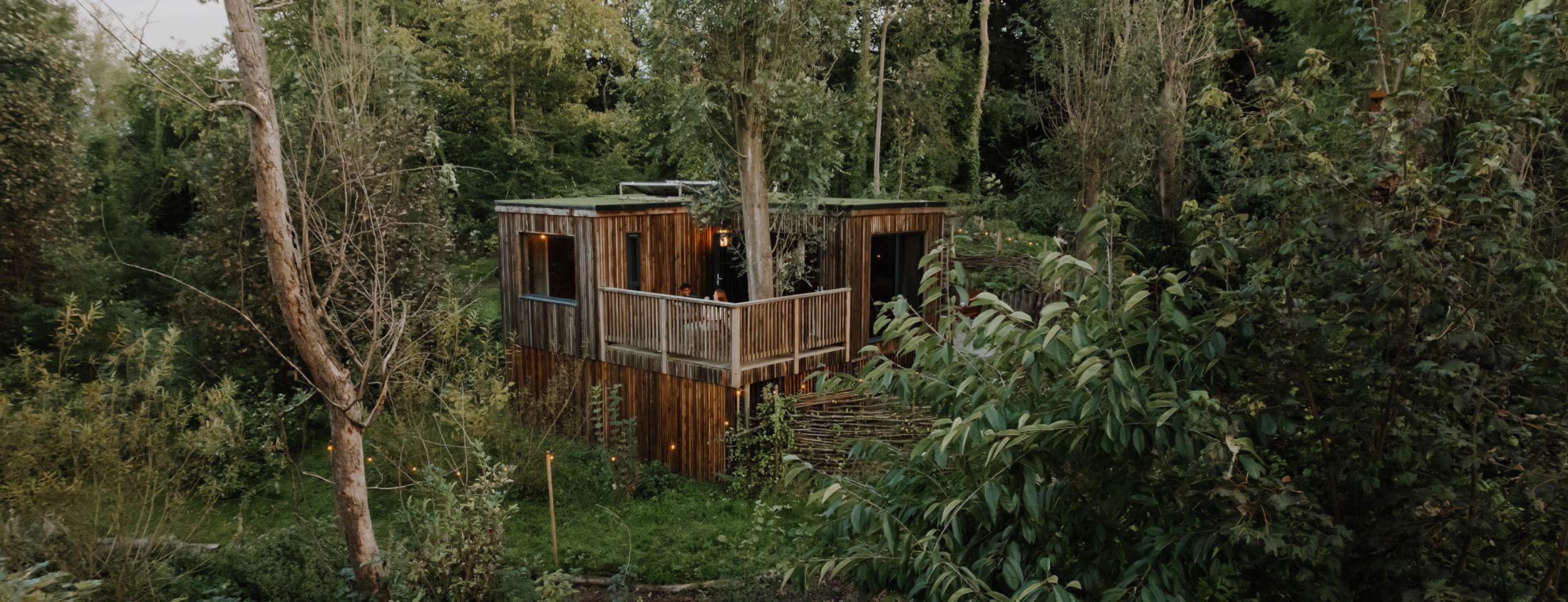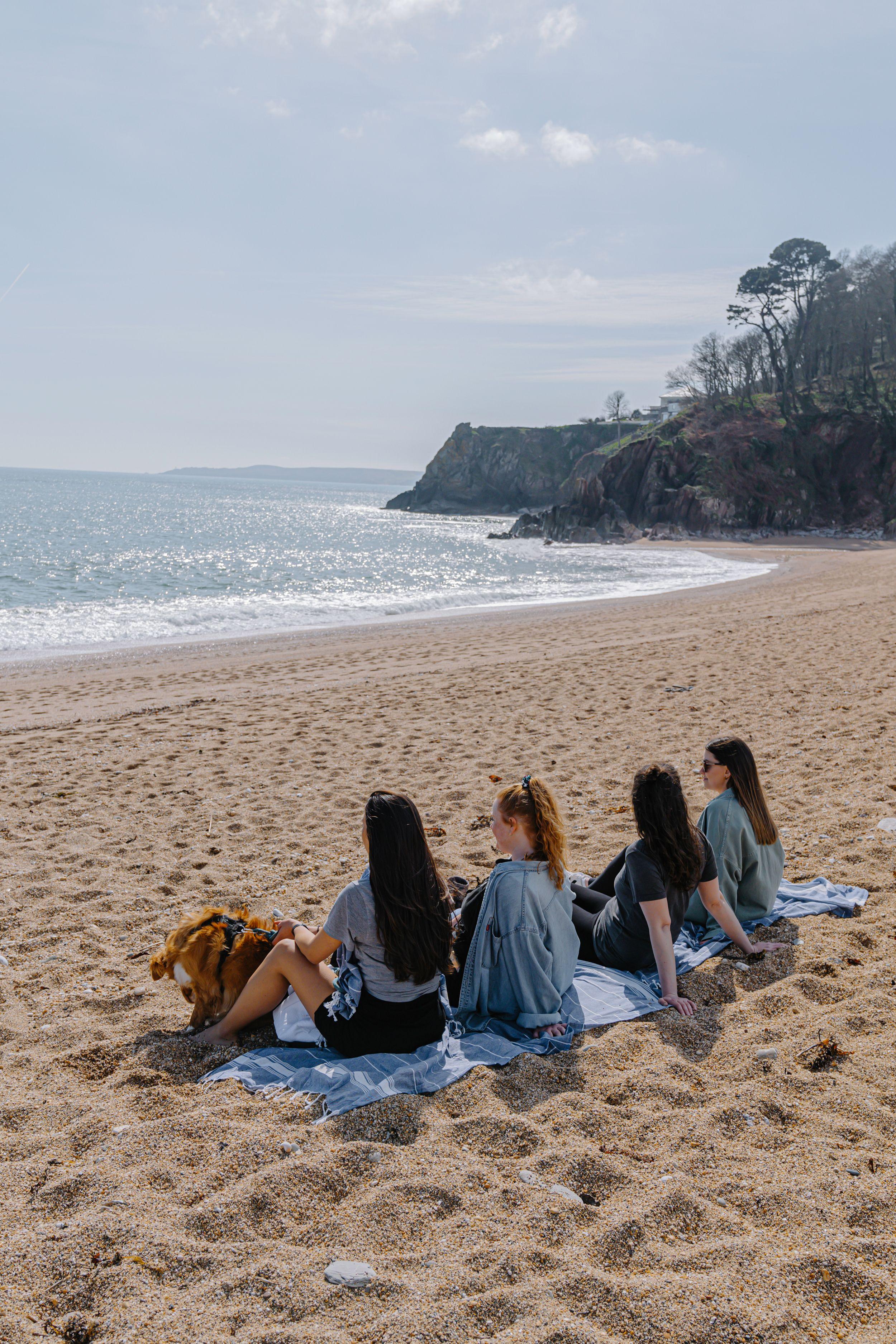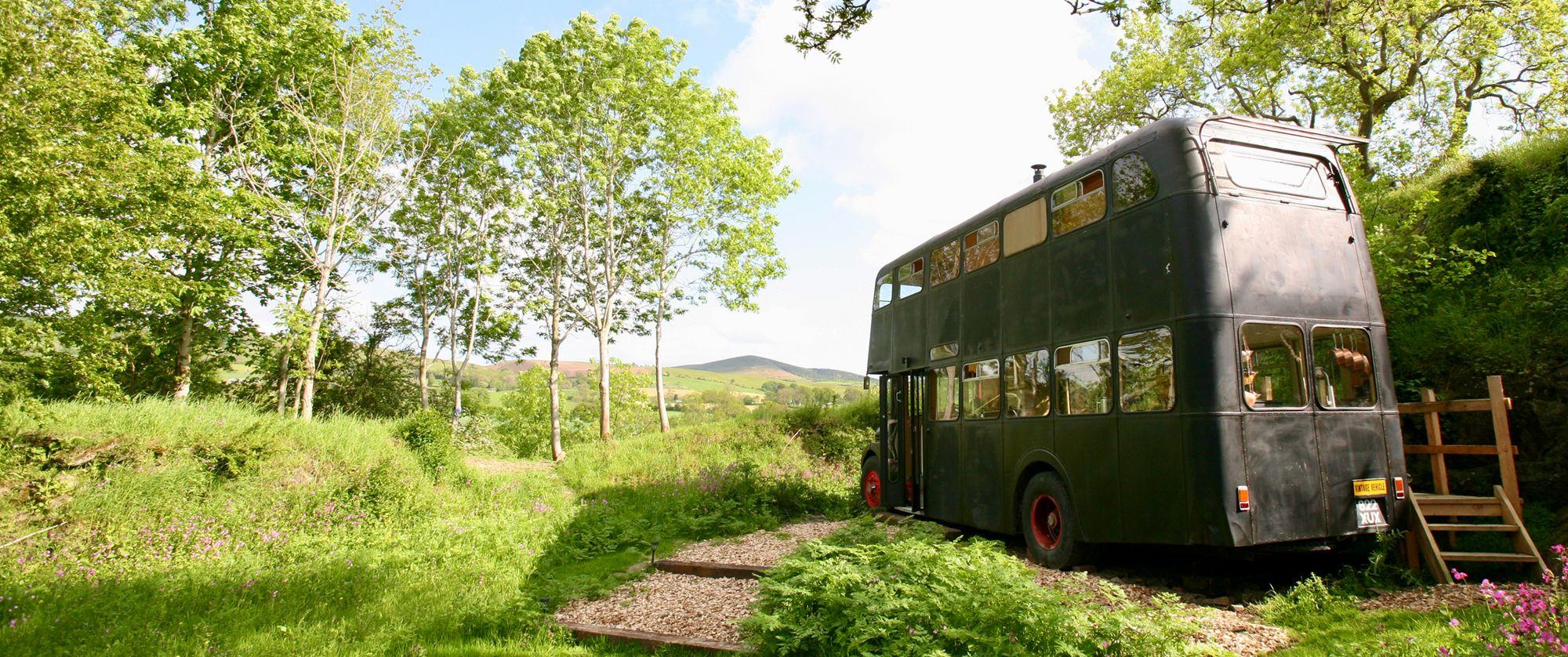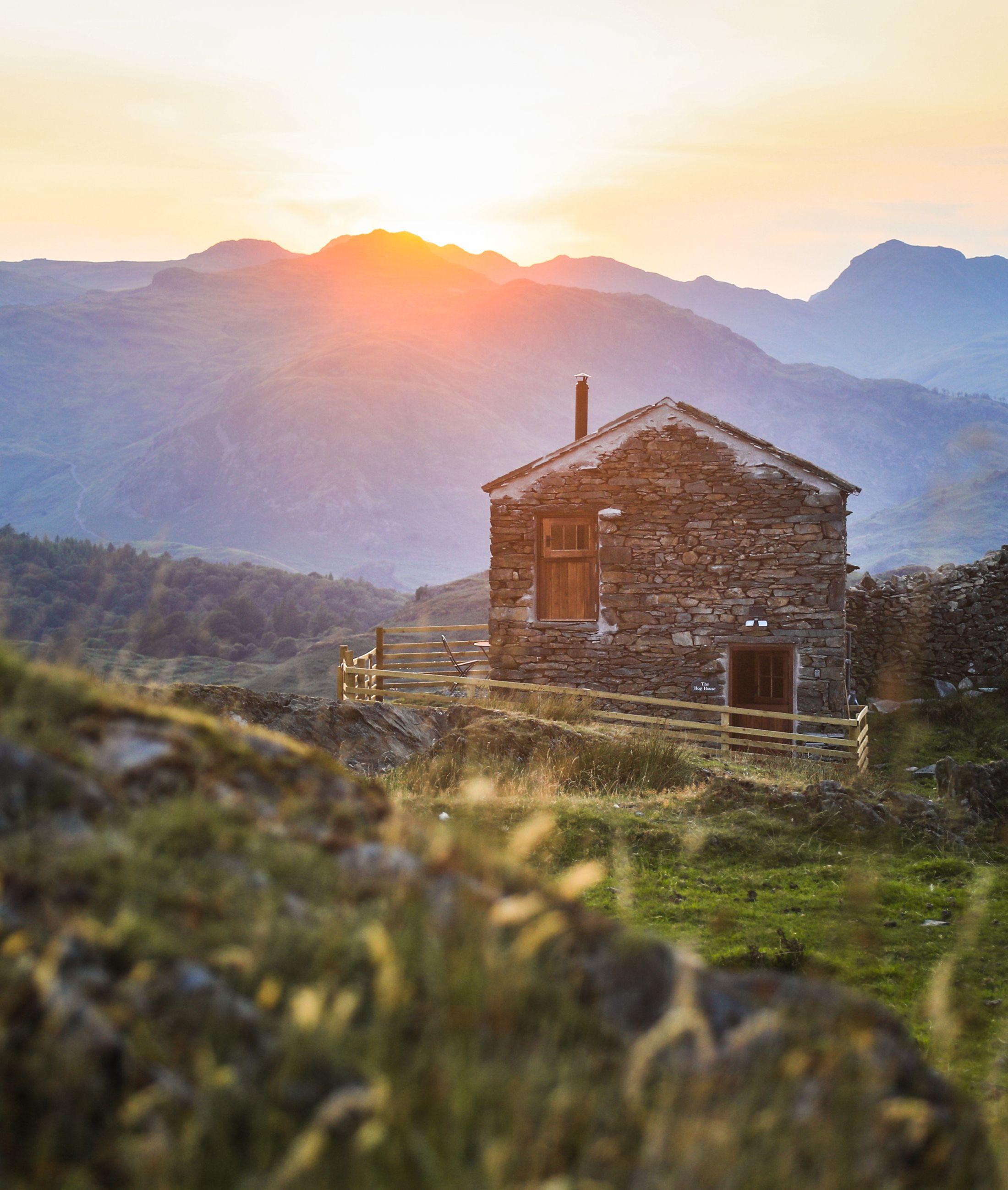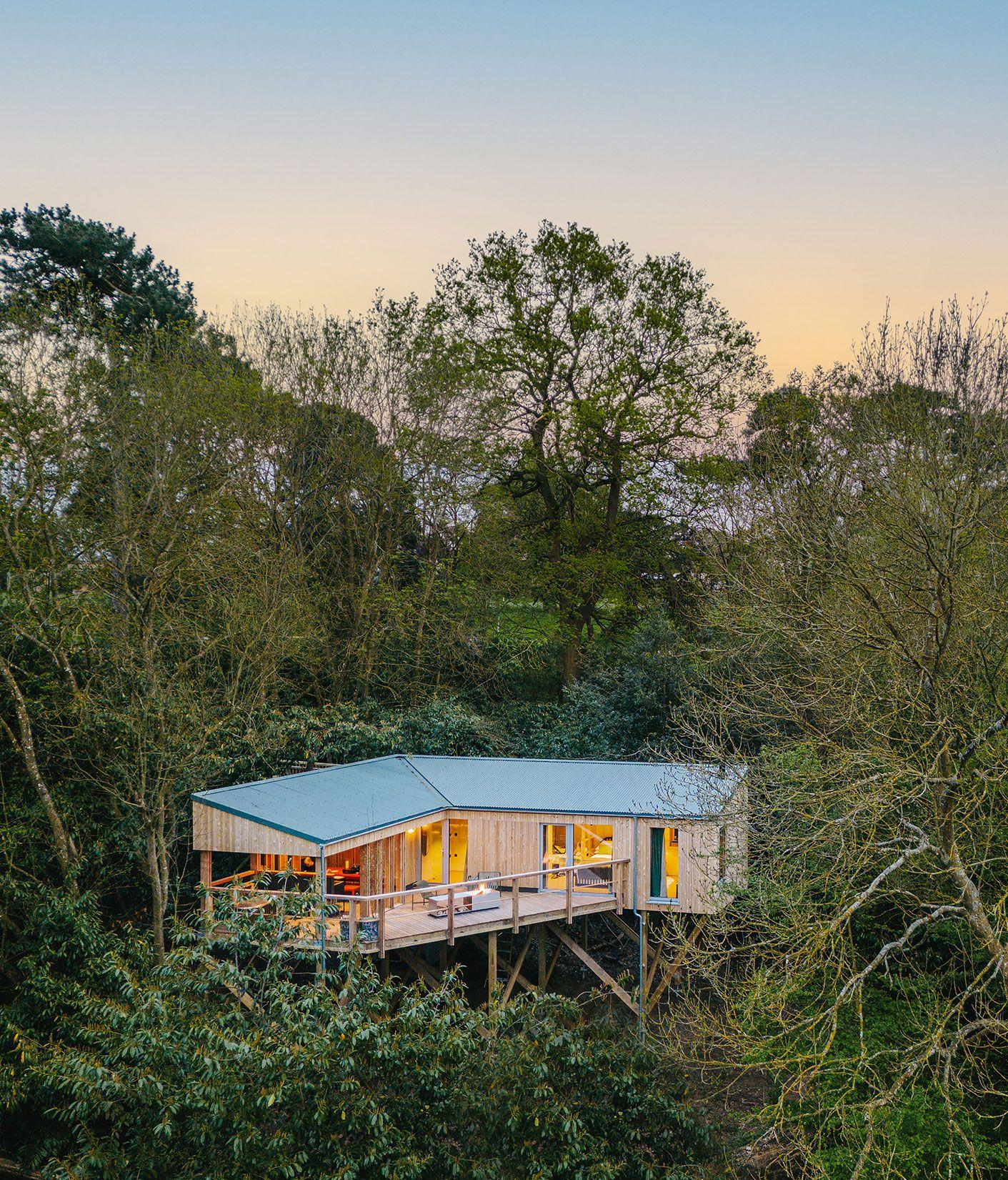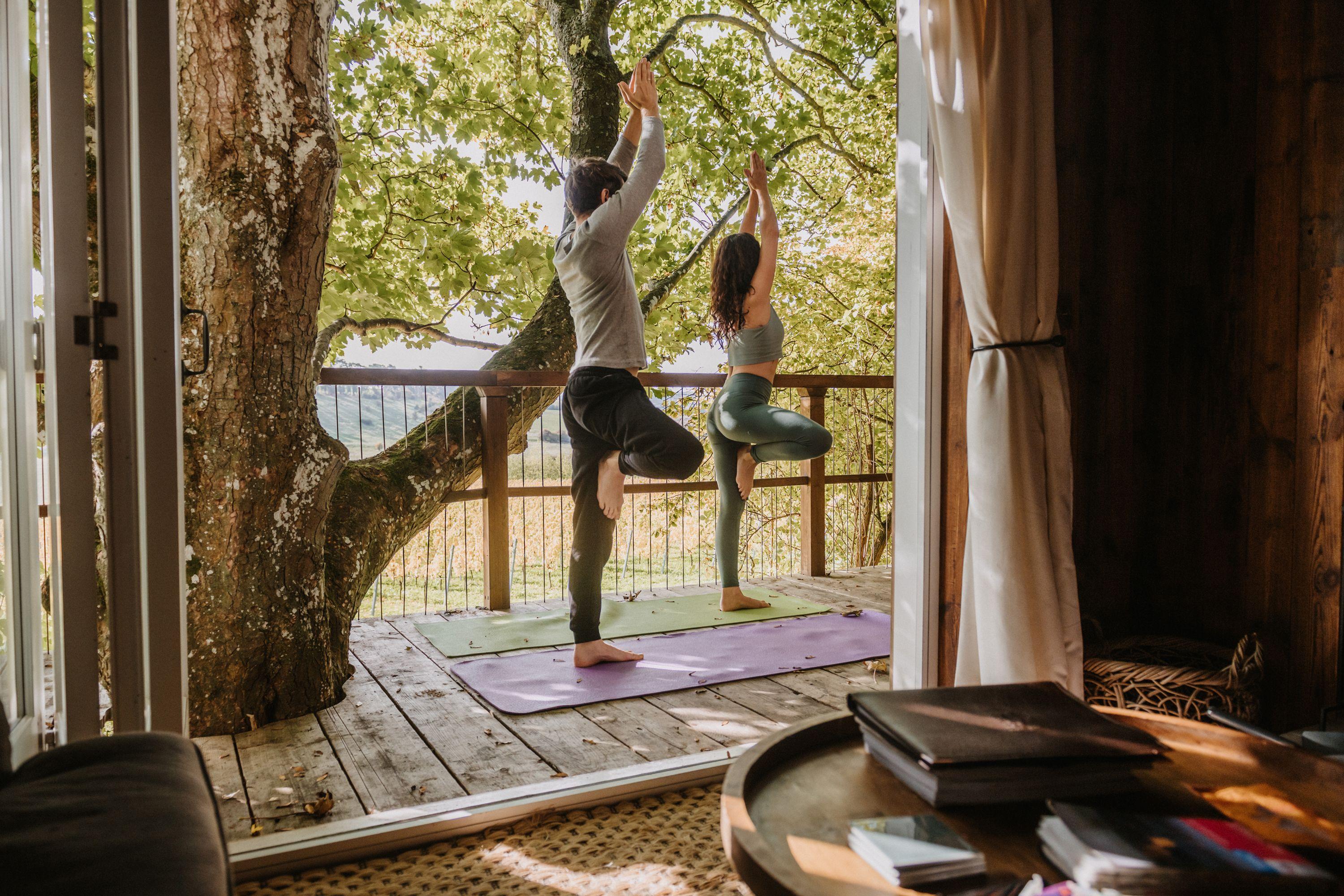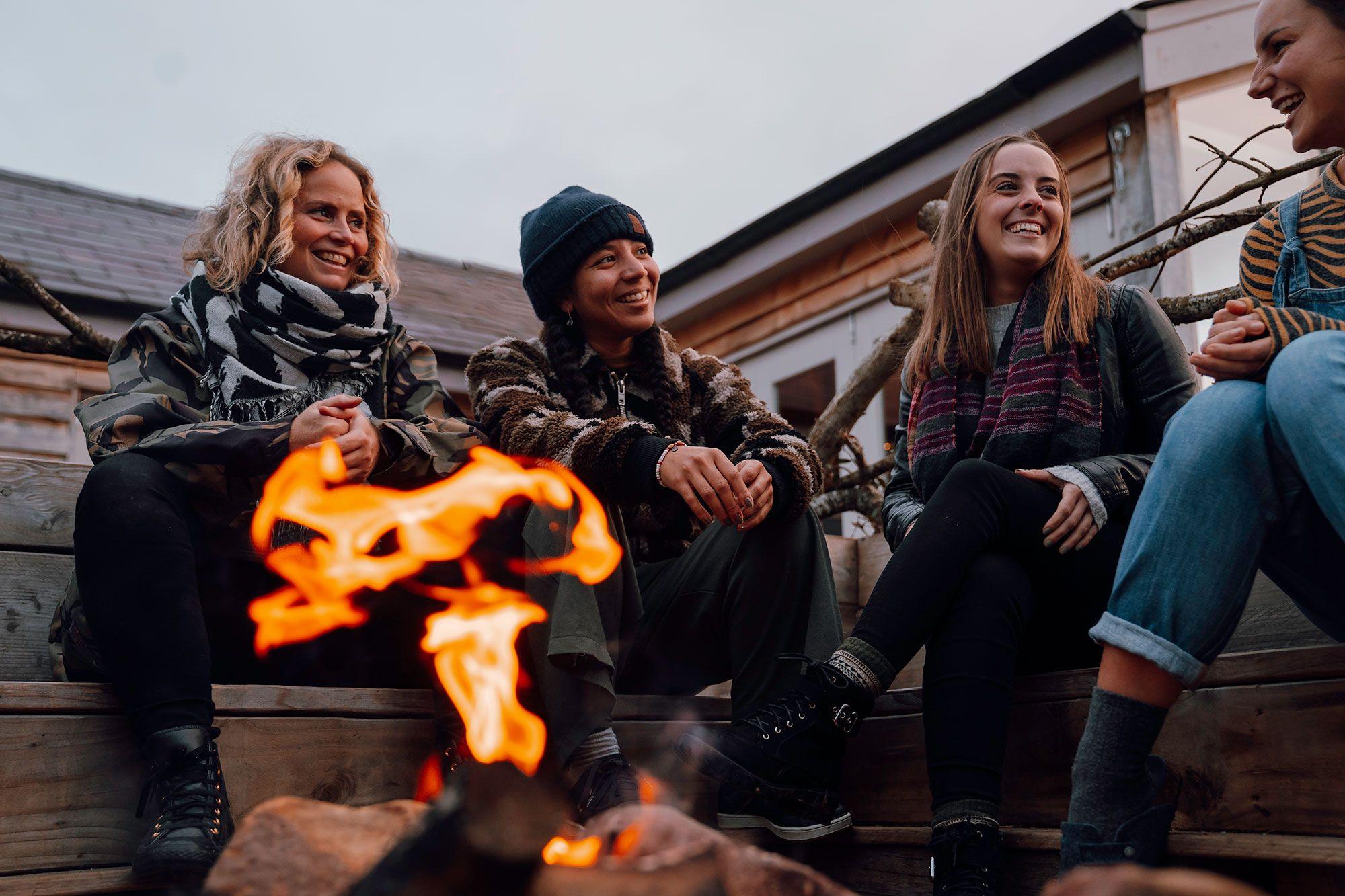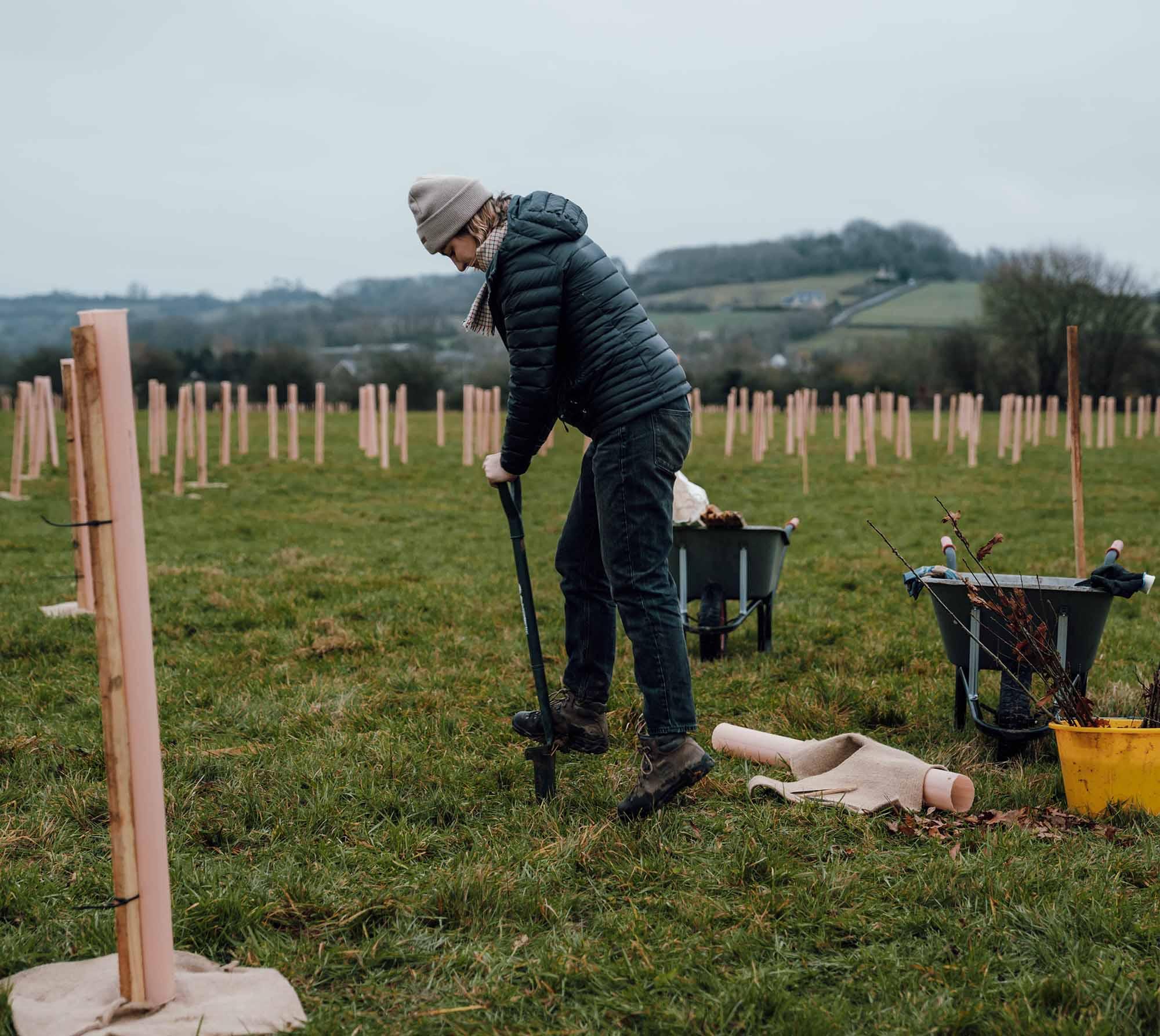- Location
- Glamping
Special occasions
- Stories
- Gift Cards
- About us
About Canopy & Stars
More from Canopy & Stars
More at Sawday's
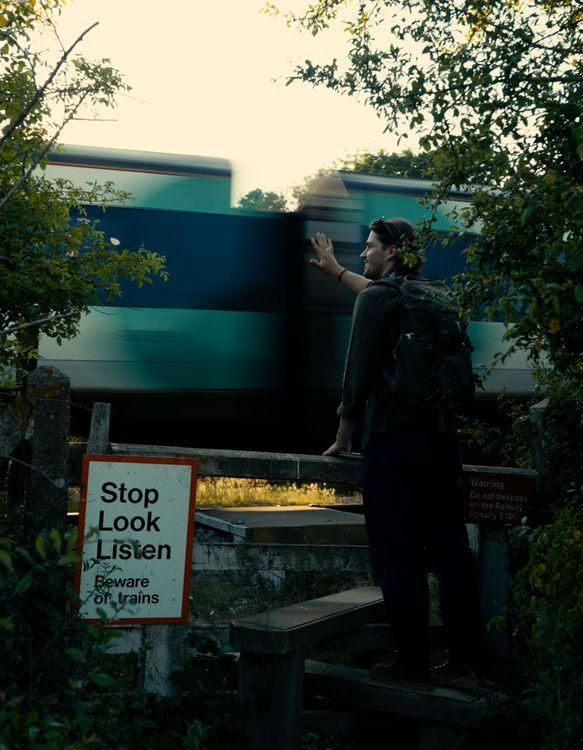
The future of glamping – sustainability
Green means go. Help guests make the right move.
Historically, travel and tourism’s environmental impact has increased steadily, to the point which, in 2022, it accounted for 8.1% of all greenhouse gas emissions worldwide, according to WTTC’s Environmental and Social Research. In the coming years, there’s hope that that figure will drop. A Mintel travel report said that 75% of UK travellers expressed an intention to minimise their environmental impact in 2023 and beyond, with other sources such as My Trip data demonstrating a hugely increased appreciation of nature post Covid. There is a surge in enthusiasm for train travel and an increase in the desire to limit flights taken that looks set to outlast any kind of Covid hangover.
Consumers are increasingly turning their attention to how brands are conducting themselves in terms of sustainability. They’re looking for an honest and open approach from companies who hold themselves accountable to their own sustainability goals. Waiting for regulatory pushes and industry accreditations will not be enough to satisfy guests. Brands need long term projects with meaningful sustainability targets, and to see the efforts to attain them, whether successful or not, publicly evaluated and detailed. Easy but ineffective activities like offsetting are no longer acceptable to a well-informed community, and responsible travel companies should be aiming for Net Zero, as we are by 2030, even if this is a massive challenge.
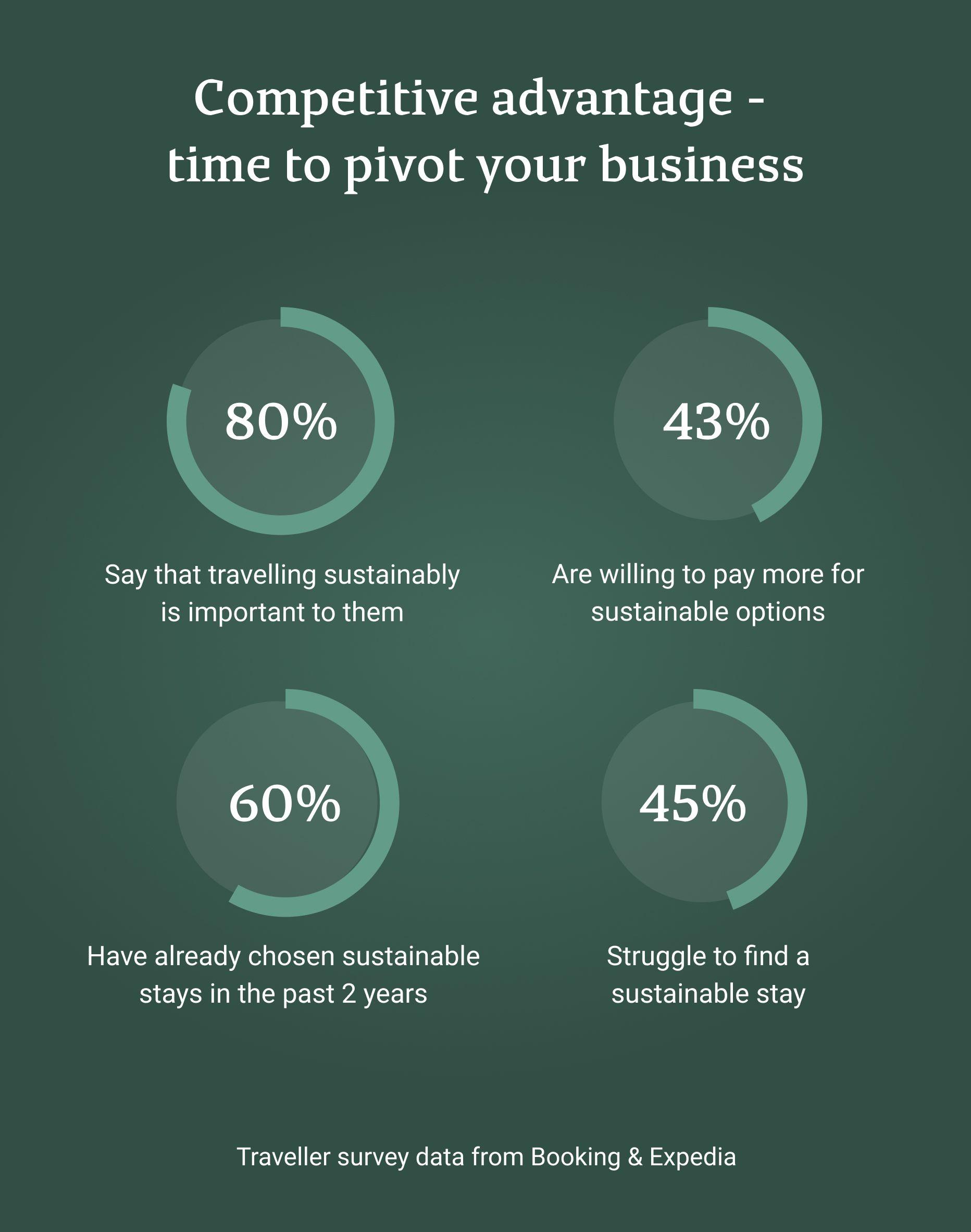
With guests looking for sustainable options, it’s up to places and platforms to make sure they exist to be chosen. Financial incentives on sustainable transport, easier off-season travel and clear labelling are all worth considering in order to make decisions easier for hesitant bookers, although there is danger with consistency and potential gaming of any travel-wide “sustainability rating”. Detailed research into the carbon emissions of the places we work with has shown us that Canopy & Stars, as a collection, trend well below the national average, but this is largely by the fortuitous circumstance of the rural nature of our places. We’re determined to show how much room there is for improvement.
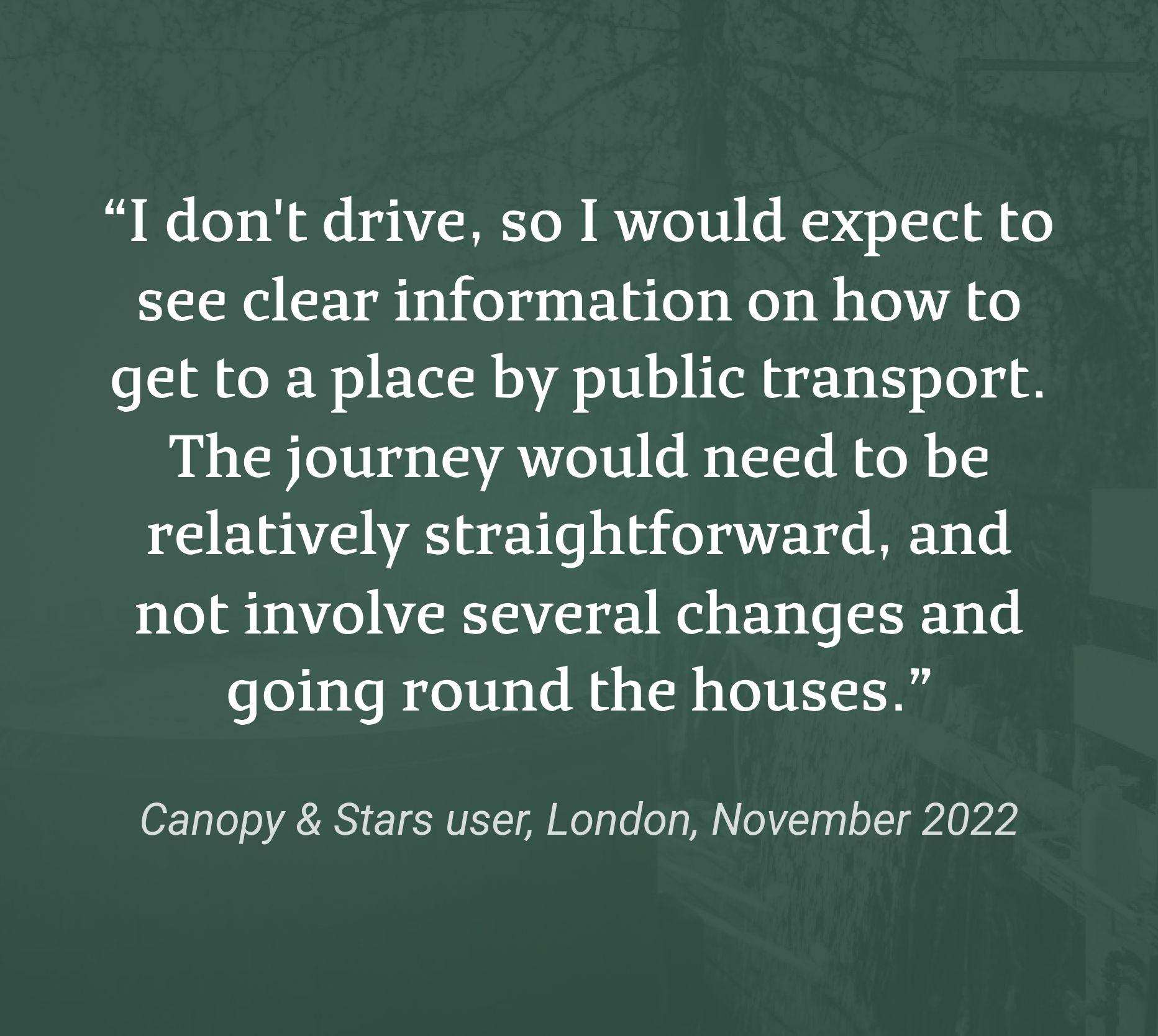
What both we and the creators of spaces can do to help nurture this interest in sustainable travel is consider the impact of all our actions from the smallest to the largest. EV charge points, detailed explanations of public transport links, local and independent food sourcing, reducing food waste and increasing all recycling are some of the things worth looking at, with every and any step taken giving encouragement to guests to keep pushing for greener choices.





